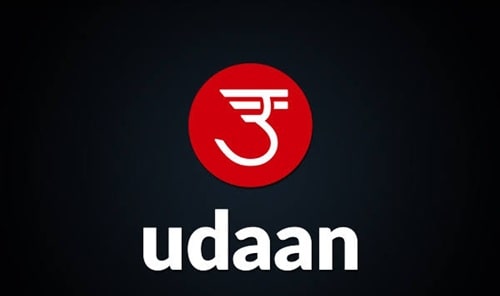Not a lot of people know this, but Khatabook was established just in 2019, and really soon, it has been able to generate more than 100 crore rupees of revenue in 2025. You might think that this company only makes money from its digital solution for bookkeeping, but that’s not it. There are other income streams that Khatabook quickly ventured into, and right now, it is working like magic for them. Today, we’re here specifically to talk about the Khatabook Business Mode, and you know, more specifically, how Khatabook makes money? So let’s just get on with it, shall we?

| Company / Brand name | Khatabook |
| Establishment year | 2018 |
| Headquarters | Bengaluru, Karnataka, India |
| Founder / Owner | Ravish Naresh; Dhanesh Kumar; Jaideep Poonia |
| Industry | Fintech / SaaS for MSMEs / Digital bookkeeping & payments |
| Net worth / Last reported valuation | US$500 to 600 million |
| Total revenue in 2024 | ₹102.70 crore (FY 2023-24, revenue from operations) |
What Khatabook Does and Why Merchants Use It
Khatabook was initially developed as a basic ledger application for shop owners, and we all remember its beginning, don’t we? While they still need to keep detailed accounts, tradesmen are able to record credit sales, customer payments, and send reminders via their phones, with no need for a complicated book. The app makes the whole transaction history available, provides automatic payment alerts, and also enables downloading of straightforward reports.
Its multi-lingual support for Indian languages and a very simple interface make it accessible even to non-tech-savvy users. This feature is practically the very main factor as to why the rate of adoption was so rapid. A huge number of merchants enrolled, and consequently, the app received a large number of downloads on the Play Store, counting up to tens of millions.
How Khatabook Makes Money
1. Lending and Credit Services
Khatabook facilitates merchants getting small business loans and working capital by collaborating with banks and non-banking financial companies. In every loan transaction via Khatabook, the company is paid a certain amount of money, one of the following: an origination fee, a referral, or an interest margin. With the growing number of merchants using the application for loans, this revenue stream turns out to be most stable.
2. Payments and Transaction Fees
UPI, card, or QR code, all of which are linked with Khatabook’s system or its partner platforms, are some of the payment methods through which merchants can collect payments. And? Well, it should be pretty obvious that Khatabook gets a commission or a referral fee for each electronic payment made via these channels. And if you look at it as just a strategy, it quite literally is a clever one to boost the income and, of course, more profits for them down the line.
3. Paid Features and Subscriptions
The primary ledger tool is at no cost, but Khatabook keeps the door open for enterprise customers with premium plans. Such customers are typically those who require features that involve detailed bookkeeping, payroll management, significant analytics, and advanced inventory management. There are many who’re always ready to pay the price for this kind of feature, no two ways about that.
4. Value-Added Financial Services
Khatabook has collaborations with other companies to provide additional services such as merchant insurance, payment protection plans, and other financial products that might interest the customers. If a merchant buys any of these products via the application, the company gets a part of the money as a commission or referral fee. Again, that’s pretty clever.
5. Distribution and Partnership Fees
The banking, insurance, and fintech sectors are just a few examples of businesses that have used Khatabook to gain easy access to the numerous small businesses that are registered on the platform. Several partners may pay Khatabook to have access to its user base or distribute their co-branded products, which is gaining quite a lot of traction these days.
6. Marketplace and Commerce Commissions
By using the MyStore feature and other commerce integrations, Khatabook may receive commissions that are linked to transactions, such as the sales or purchases made by merchants through the app. This is a logical step since it allows the company to go beyond bookkeeping and into digital commerce.
7. Data-Driven and Future Opportunities
As Khatabook possesses valuable transaction data (with adherence to privacy regulations), it is possible for the company to create upcoming income by market insights, credit scoring models, or lead generation for financial partners. Sure, at present, this is not a big income stream for Khatabook, but it could very well be down the line.
Khatabook’s Financial Picture (FY 2023-24)
One can learn from publicly accessible documents that Khatabook stated its operating revenue for the fiscal year of 2023-24 as ₹102.70 crores. The startup kept on losing, which implies that it is concentrating on the extension of its services and the development of its merchant ecosystem. To put it simply, Khatabook has made the transition to substantial revenue creation along with user growth and has still gone on to deepen its product line.



